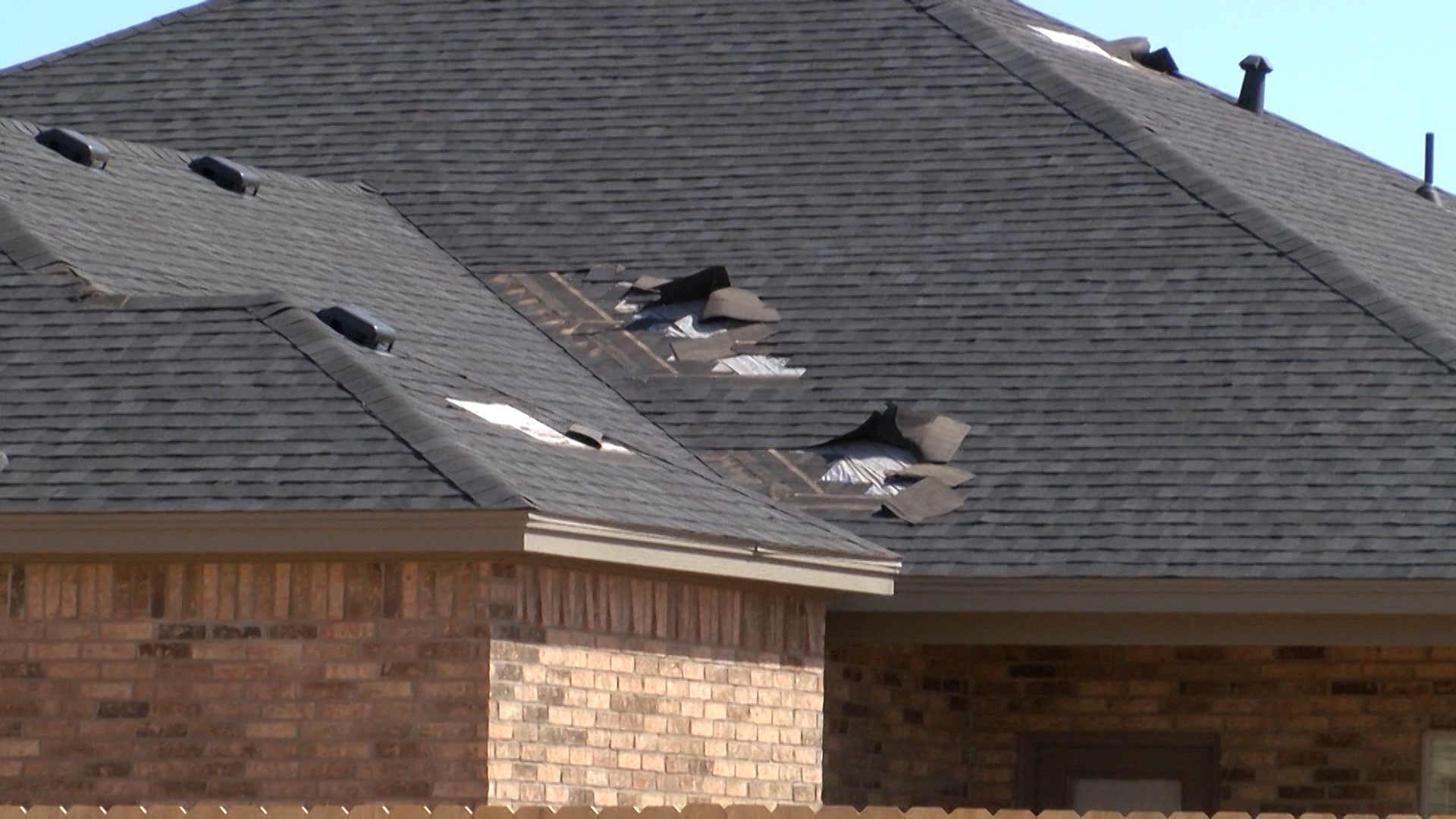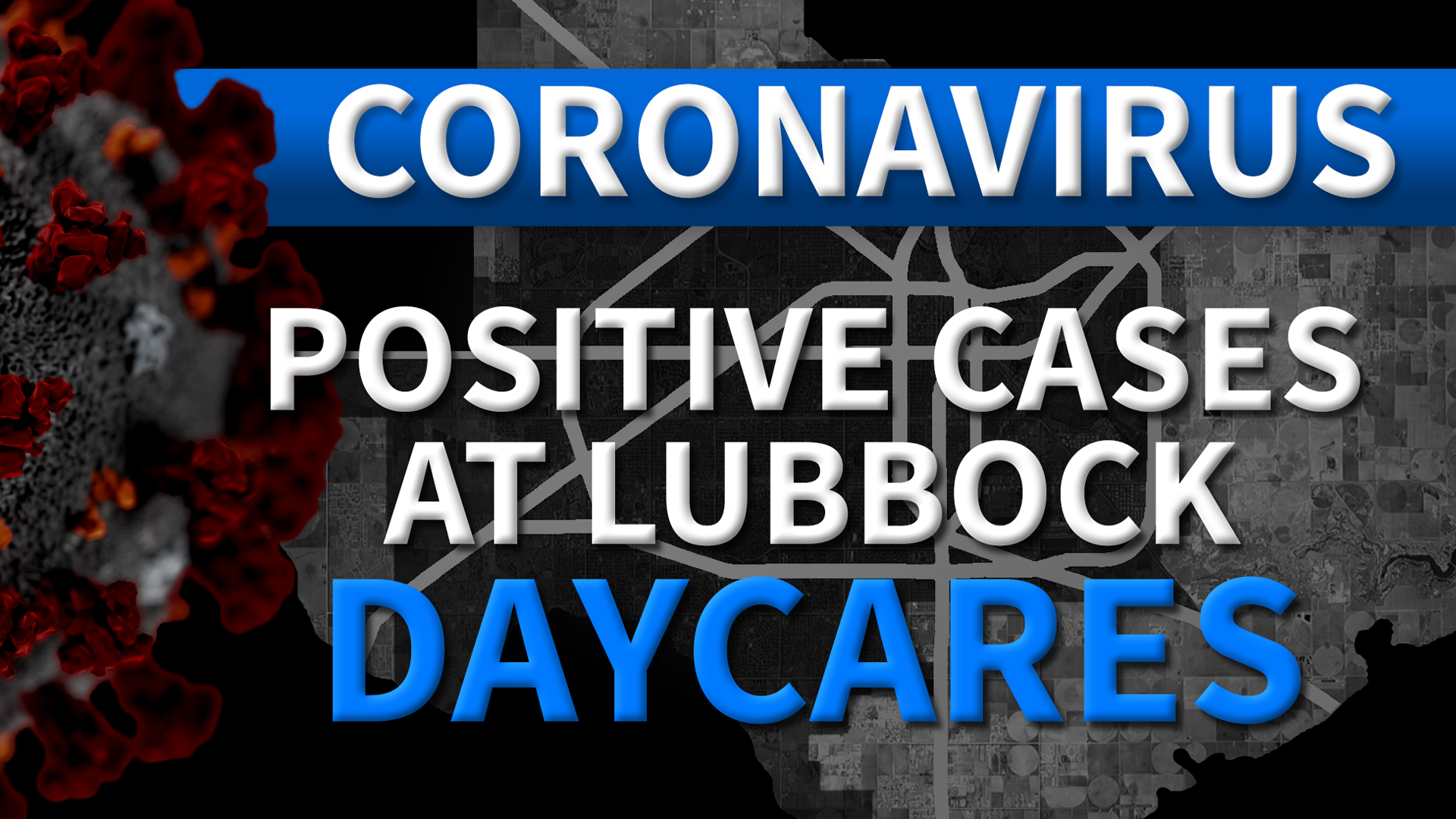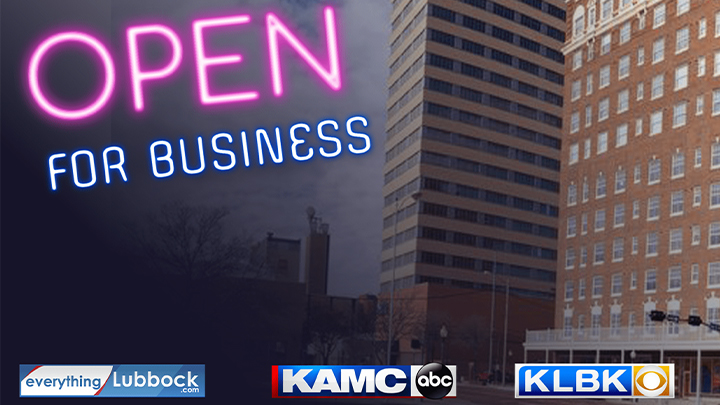NEW BRAUNFELS, Texas (Nexstar) — The classrooms at Comal ISD’s Memorial Early College High School are different. Students write on desks with dry-erase markers, some rooms have two instructors. In small groups, freshmen discuss Homer’s The Odyssey and plot their own heroic quests. It’s all part of a program aimed at improving student outcomes, called project-based learning.
“The whole point… is sort of to connect literature and our cultural journey,” ninth-grader Colin Campbell said.
“It gives us an example and sort of a real-life scenario on why we might need this information,” Campbell said.
This collaborative model, which does not simply teach to the test, also promotes teamwork and encourages students to interact with one another, freshman Saleth Rivera said.
“I don’t talk to a lot of people that much, so now I’m… meeting new people and it’s kind of easier in a way.” Rivera said.
New Tech Network operates a project-based learning model in dozens of schools across 28 states. The national, California-based nonprofit has implemented its model in 27 Texas schools. In last year’s massive education overhaul, Texas lawmakers included a provision that awards each campus $50 per student if that student is enrolled at “a campus that is a member of the New Tech Network and that focuses on project-based learning and work-based education.”
New Tech Network emphasizes a handful of broad learning outcomes including taking ownership of learning, mental growth, active participation, project management, conflict resolution, problem-solving, oral communication and written collaboration. The model is built on four major pillars: outcomes that matter (adopting the learning outcomes), teaching that engages (educators contextualize material using authentic, real-world examples), creating an empowering culture and supporting digital tools that facilitate growth.
“I think once the rest of the district starts seeing the benefits of this type of education, using this platform, I think it will really start taking off,” humanities and economics teacher Roger White said.
Comal ISD Superintendent Dr. Andrew Kim said it was important for the district to strike a balance between implementing effective tools without excluding other successful, or perhaps more traditional, models.
“As a school district of 25,000 kids adding 1,000 kids per year, a fast-growth school district in the state of Texas, we’re very cognizant about systems approach and we think about from a systems approach, we think there ought to be a mind shift in terms of how our teachers operate with kids,” Kim said. “And we think that there is an opportunity to innovate in our mind shift and that mind shift is really about project-based learning.”
“The state… putting dollars a modicum of funding towards that effort to incentivizing us to move towards a shift in terms of how we work with kids of today towards the future, I think that speaks well of our legislature here in the state of Texas,” Kim added.
Lydia Dobyns, President and CEO of New Tech Network, said the model is designed for students of all abilities to learn.
“The fact that students who might have learning disabilities are able to thrive in the classroom and that their disabilities don’t define them is one of the greatest gifts in closing some of the challenges for students in schools everywhere,” she explained.
The projects are based on state standards so students walk away with the requirements expected of an educational institution, though Memorial Early College High School principal Meredith Pappas said the focus on real-world application sends students off prepared for society.
“Our campus has a 100 percent graduation rate, compared to the state or to the nation, that’s 84 percent,” Pappas said. “That’s a huge win for us.”
New Tech Network also offers planning grants for schools who want to learn more and interact directly with New Tech staff to determine if the model fits their community.
“These planning grants make it easy to visit other schools that provide financial support to tour other schools and involves professional learning that’s done by new tech staff with those communities as they understand more of how this school might meet their needs,” Dobyns said.
















